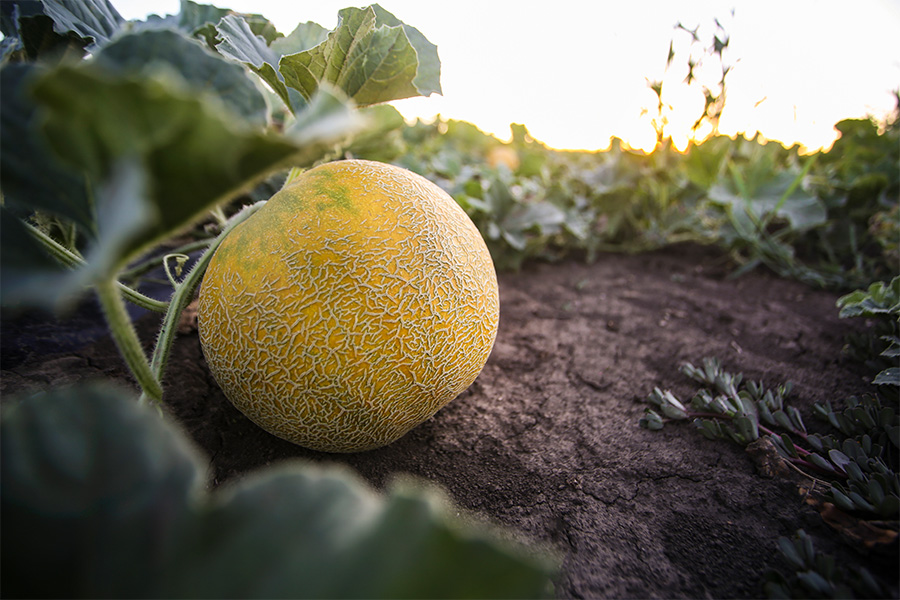-
 An Excel workbook, Nutritional Response Determination Optimization (NuRDO). has been developed to simulate the optimal number or nutrient levels and replicates per level when planning nutritional requirement studies. With NuRDO, researchers can simulate data from what they think is the real shape of the response curve. They can then…
An Excel workbook, Nutritional Response Determination Optimization (NuRDO). has been developed to simulate the optimal number or nutrient levels and replicates per level when planning nutritional requirement studies. With NuRDO, researchers can simulate data from what they think is the real shape of the response curve. They can then…|
-
 New feed ingredients are evaluated and introduced to the feed industry every year. The evaluation process is necessary and includes feeding birds different levels of the test ingredient to estimate the maximum safe level (MSL). The MSL is usually estimated with a multiple range test, ignoring the fact that this…
New feed ingredients are evaluated and introduced to the feed industry every year. The evaluation process is necessary and includes feeding birds different levels of the test ingredient to estimate the maximum safe level (MSL). The MSL is usually estimated with a multiple range test, ignoring the fact that this…|
-

This resource provides information for producers interested in commercial tomato production, and included information to help improve the profitability of their operations, whether they are new or experienced producers.
|
-
 Much attention has been placed on the potential negative environmental impacts of grazing; however, grazing can be a powerful tool for improving pasture health and productivity. Grazing diminishes the competitive ability of plants like broomsedge and johnsongrass and improves the competitiveness of bermudagrass, bahiagrass and even clovers. Improper grazing, on…
Much attention has been placed on the potential negative environmental impacts of grazing; however, grazing can be a powerful tool for improving pasture health and productivity. Grazing diminishes the competitive ability of plants like broomsedge and johnsongrass and improves the competitiveness of bermudagrass, bahiagrass and even clovers. Improper grazing, on…|
-
 A good pasture and forage program can provide quality feed and normally will be the most efficient and economical means of providing a substantial part of equine rations. In Georgia, we are fortunate to have a mild climate, soils suitable for producing forages and a good selection of highly productive…
A good pasture and forage program can provide quality feed and normally will be the most efficient and economical means of providing a substantial part of equine rations. In Georgia, we are fortunate to have a mild climate, soils suitable for producing forages and a good selection of highly productive…|
-
 As tipping fees have risen, interest has increased in finding alternative uses for construction wastes. Many homebuyers are also looking for environmentally sensitive building practices. This includes the recycling and reuse of construction debris rather than disposal. One of the largest waste components in residential construction is gypsum wallboard. In…
As tipping fees have risen, interest has increased in finding alternative uses for construction wastes. Many homebuyers are also looking for environmentally sensitive building practices. This includes the recycling and reuse of construction debris rather than disposal. One of the largest waste components in residential construction is gypsum wallboard. In…|
-
 The 11 topics covered in this publication are all integral parts of a successful cabbage/leafy greens management program. Each topic focuses on a particular aspect of production and provides information on the latest management technology for that phase of production. It is hoped that the information contained in this publication…
The 11 topics covered in this publication are all integral parts of a successful cabbage/leafy greens management program. Each topic focuses on a particular aspect of production and provides information on the latest management technology for that phase of production. It is hoped that the information contained in this publication…|
-

This publication was compiled to meet the needs of the growing cantaloupe industry in Georgia. It provides extensive information to help growers be successful in cantaloupe and specialty melon production.
|